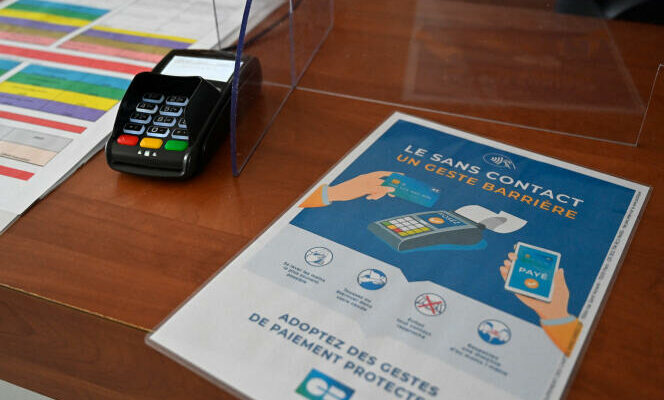The fight against payment fraud remains a battle to be fought on two fronts: the systematic use of increasingly secure technologies on the one hand, and vigilance on the other to try to block fraudsters who circumvent these technologies and focus above all on consumer manipulation.
In the first half of 2023, fraud involving cashless means of payment (transfers, direct debits, cards and checks) amounted to 628 million euros, an amount up 5% compared to the first six months of 2022, according to published figures. , Thursday January 25, by the Payment Means Security Observatory (OSMP).
The card, whose share of transaction volumes now exceeds 62% with the surge in contactless payment (+16% in volume, +21% in amount), retains its title as the means of payment most targeted by fraudsters. : it alone represents 93% of cases of fraud and 42% of the total amounts concerned. Its fraud rate, that is to say the amount defrauded compared to all transactions, has rebounded slightly after two years of decline, due to the increasing share of Internet transactions, which are more targeted.
Risk assessment tools
The mobile payment fraud rate, however, has been divided by three in one year, a success that the Observatory attributes to the gradual generalization of “strong authentication” procedures, which combine at least two verification factors, for example a code and a fingerprint, to register a card on a mobile terminal or to validate a transaction one by one.
Another progress: that of the risk assessment tools used by payment service providers. These “scoring” methods aim to determine the probability that a transaction is fraudulent by comparing its characteristics to available data on the customer, their previous transactions or their consumption habits, in order to detect those which are atypical.
These methods make it possible, for example, to prevent the use of a card number for a payment in a store in a foreign country if the card holder has recently made a withdrawal from an ATM in their municipality. residence in France.
User awareness
But technology is still struggling to sustainably reduce two proven and dangerous practices. The first is fraudulent check remittance fraud, which uses “mules” often recruited on social networks or dating sites, who cash stolen or falsified checks then make a transfer to the fraudster, who quickly disappears. .
You have 25% of this article left to read. The rest is reserved for subscribers.
